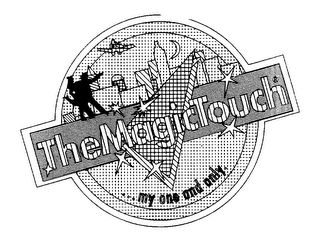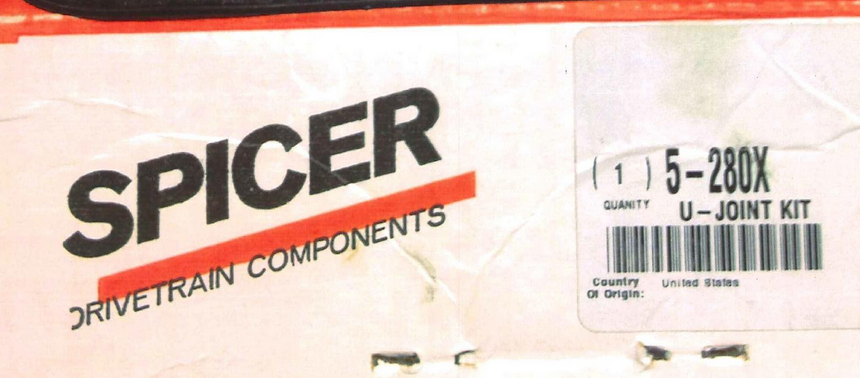When an owner allows another (known as a licensee) to use the owner’s trademark, it is important that the owner control the quality of the goods and services provided by that Licensee under the owner’s trademark.

A trademark owner can lose rights in that trademark through uncontrolled licensing, also known as “naked licensing.” “If a trademark owner allows licensees to depart from its quality standards, the public will be misled, and the trademark will cease to have utility as an informational device,” resulting in its abandonment. TMT N. Am., Inc. v. Magic Touch GmbH, 124 F.3d 876, 885 (7th Cir. 1997)(a case involving THE MAGIC TOUCH trademark).
Reasoning for the requirement of quality control, includes that “The economic function of a trademark is to provide the consuming public with a concise and unequivocal signal of the trademarked product’s source and character … and that function is thwarted if the quality and uniformity of the trademarked product are allowed to vary significantly without notice to the consumer.” Draeger Oil Co. v. Uno-Ven Co., 314 F.3d 299, 301 (7th Cir. 2002).
How much control and inspection is necessary to satisfy the quality control requirement depends on the circumstances. What may be sufficient control for a mark used on writing pens may be insufficient for a mark used on pharmaceuticals. McCarthy says, “The goal is that there must be control sufficient to meet the reasonable expectations of the customers when they see the licensed mark appear in the marketplace.” McCarthy on Trademarks 18:55.
Also, a written trademark license should provide the owner with a contractual right to control the nature and quality of the goods and services provided by the licensee under the mark. The written license should include the right to inspect the relevant goods/services and the corresponding operations of the licensee so the owner can insure conformance with the owner’s standards. Without a right to inspect, the owner may be hampered in exercising control. The written license may require the licensee to submit specimens/examples to owner of the goods and services to be offered by the licensee under the mark so that the owner can review, instruct modifications to conform to owner’s standards, and approve or disapprove such goods/services before sale by licensee. The owner should effectively exercise these rights.
Further, the written trademark license should provide the owner with the contractual right to control the nature and manner that the trademark is presented in the use by the licensee, such as on or in connection with the goods and services and related advertising. The owner may have a separate brand guide that specifies how the trademark should be used and presented. The brand guide may specify the particular font, style, color, placement, and/or other features of the use of the mark that the owner requires.
The result of abandonment by naked licensing is drastic–the forfeiture of the trademark. To better avoid a naked license challenge to the validity of its licensed mark, the owner should have a contractual right of control over the nature and quality of the goods/services and should effectively exercise that right.







